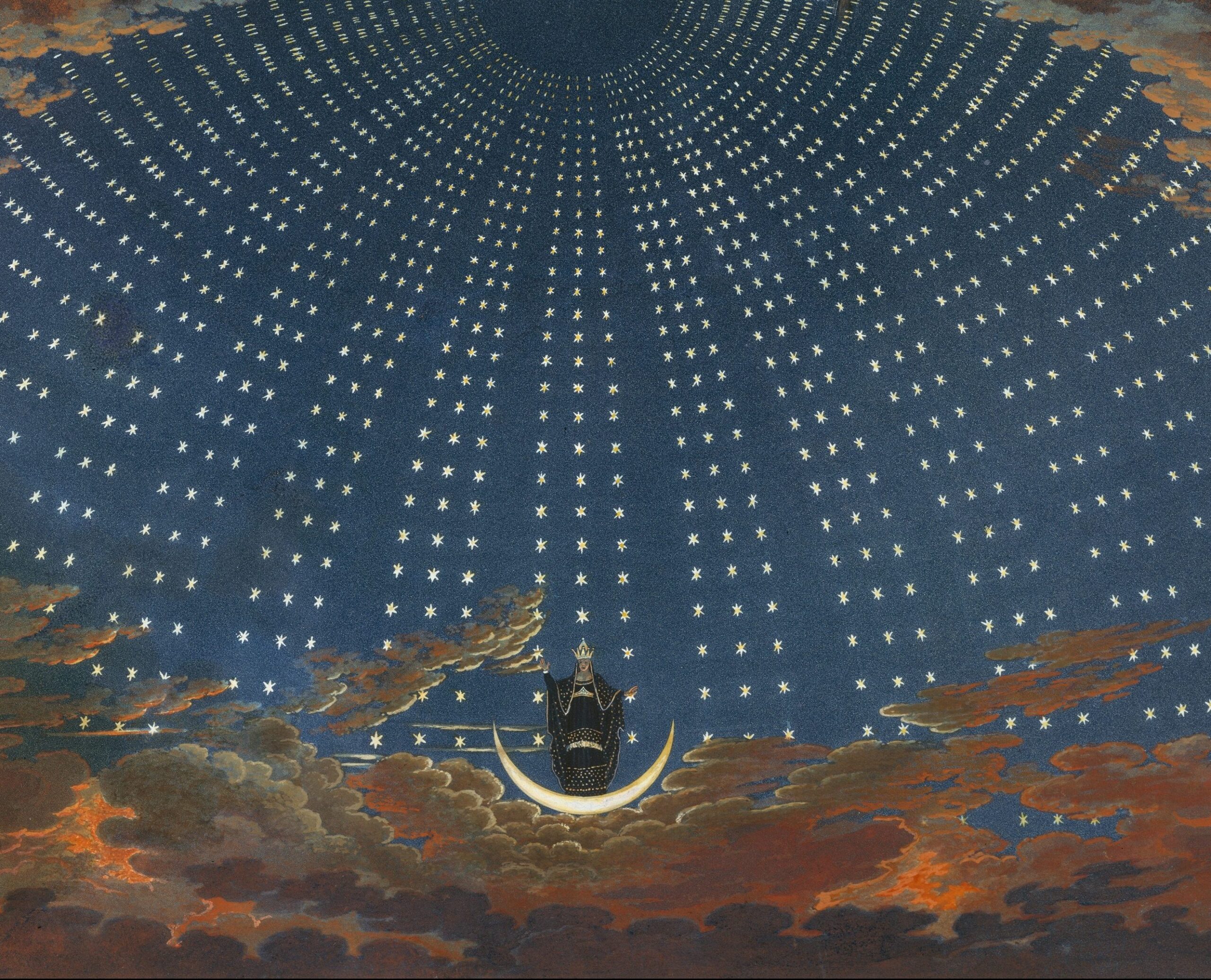Project Description
The Fading Stars: A Constellation
For Lapham’s Quarterly
More than four hundred years ago, around 13.8 billion years after the beginning of the universe, in September 1608, a Dutchman from Zeeland came to The Hague announcing he’d invented an instrument “by means of which all things at a very great distance can be seen as if they were nearby.” The prospect was thrilling. European explorers had spent centuries crossing wide oceans in hopes of finding distant lands to claim for their countries, and they were doing so with increased fervor—bringing the resources of faraway places closer to home by establishing trade routes; collapsing cultural distance by eradicating languages, religious practices, ceremonies, myths, and stories; forcing distant others to charade as Europeans with imposed cosmologies and worldviews—since Christopher Columbus had pulled a new world closer, 116 years before the seeing instrument was introduced.
The soldiers who were convened at The Hague that day seized on it as a way to spot enemies on the horizon. They were gathered to talk about independence of the Dutch Republic from Spain’s control, and they paused to consider the arrival of the new contraption. The commander of the Spanish forces said to the commander of the Dutch Republic, “I could no longer be safe, for you will see me from afar.” Ship captains of every European nation would soon have an instrument to spy on one another, to bring distant lands into focus.
Read more here. …
